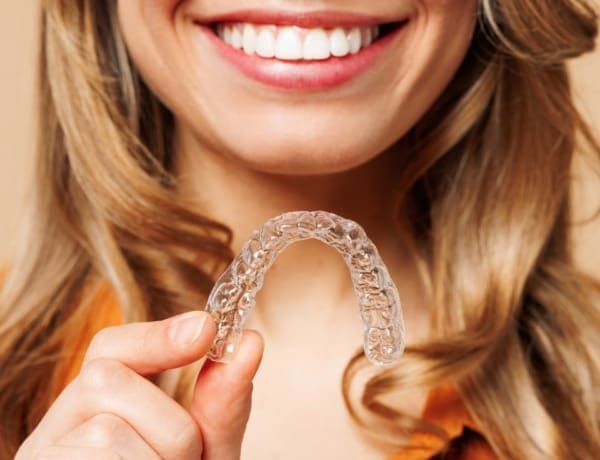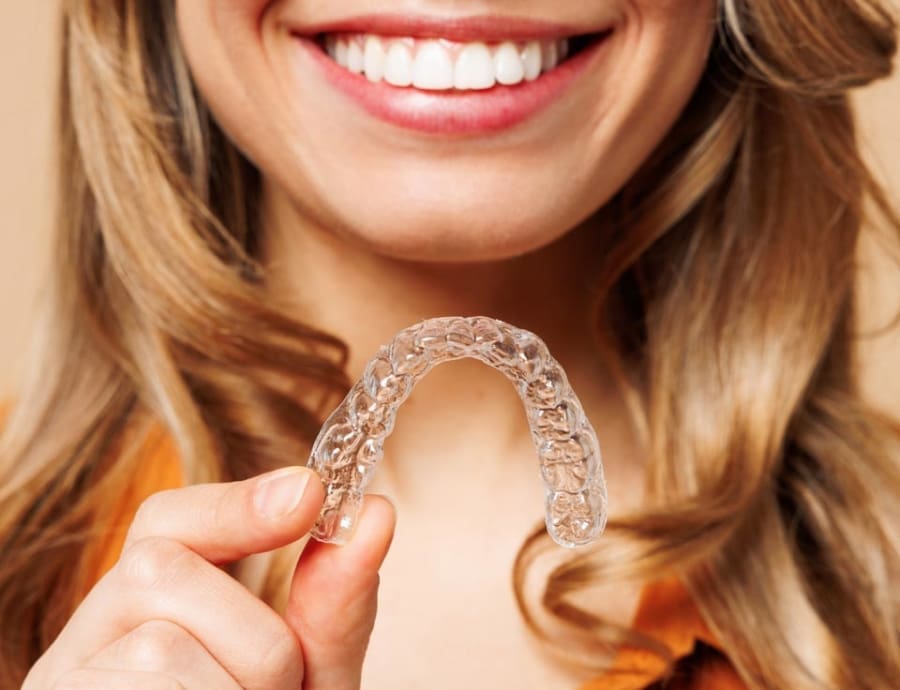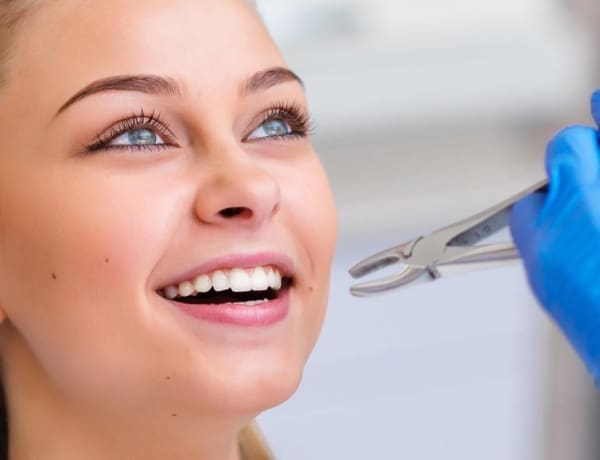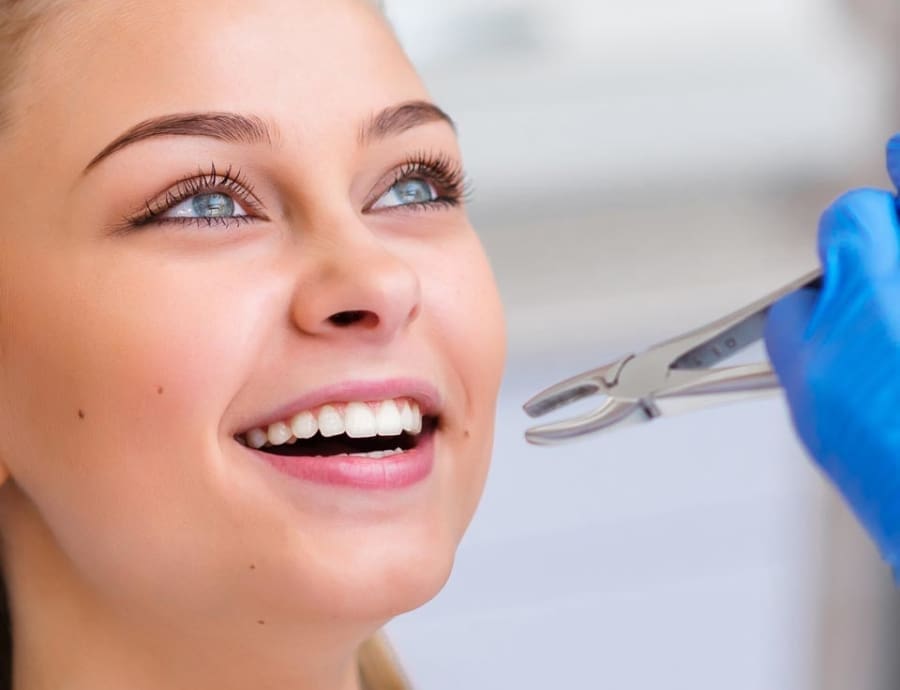This results in teeth being crooked, overlapping, or twisted, affecting both the appearance and function of the teeth. Dental crowding can occur in the upper or lower jaw or both, and it can range from mild to severe. Mild cases may involve only slight misalignment, while severe cases can significantly impact chewing, speech, and overall dental health.
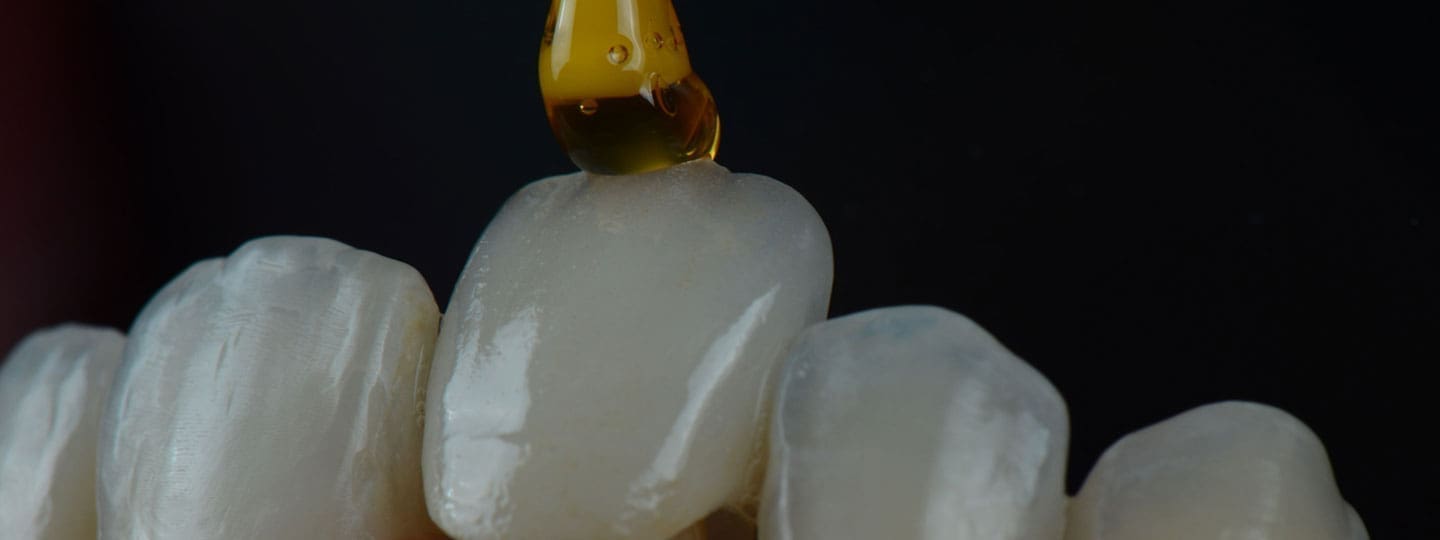
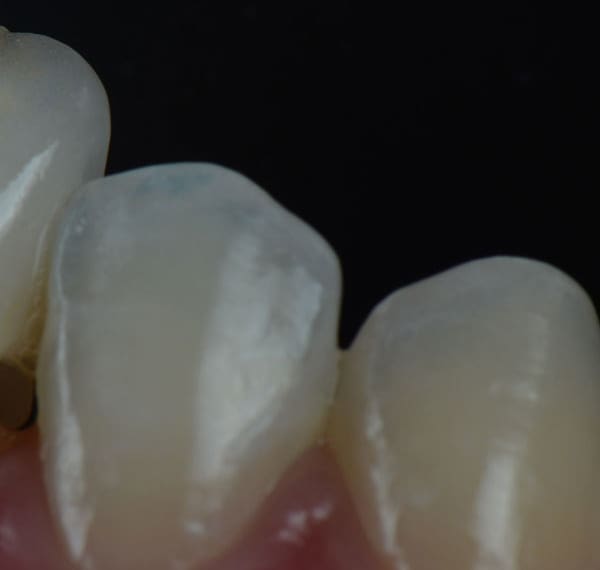
What Are Crowded Teeth?
Crowded teeth, also known as dental crowding or malocclusion, is a common dental condition where there is insufficient space in the mouth for all the teeth to align properly.
Common Causes Of Crowded Teeth
Understanding the causes and treatment options for crowded teeth is essential for maintaining oral health and improving dental alignment.
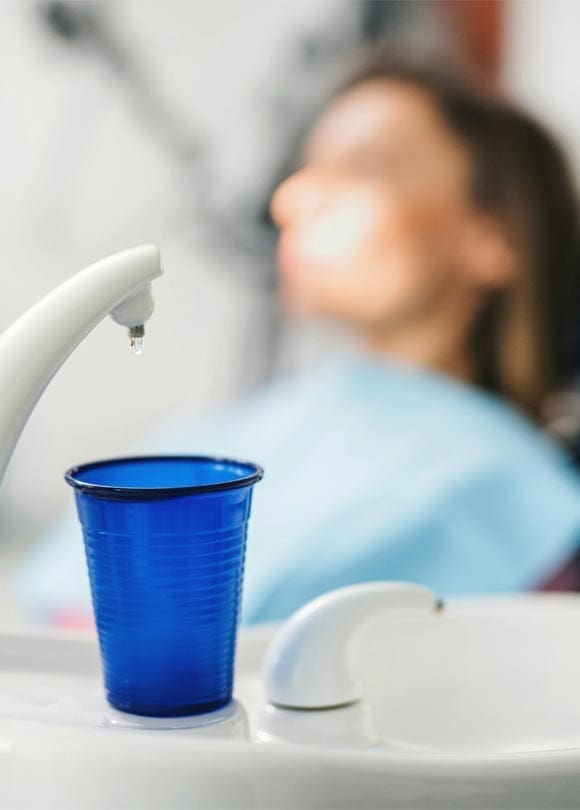
Genetics
One of the most common causes of crowded teeth is genetics. If your parents or other close relatives had crowded teeth, you are more likely to develop the condition. Genetic factors can influence the size of your teeth and jaw, leading to misalignment.
Early Loss of Baby Teeth
If a child loses their baby teeth prematurely, the surrounding teeth may shift into the empty space, leaving less room for the adult teeth to emerge properly, resulting in crowding.
Delayed Eruption of Adult Teeth
In some cases, adult teeth may erupt later than usual, leading to overcrowding as other teeth have already occupied the available space.
Thumb Sucking or Tongue Thrusting
Prolonged thumb sucking or tongue thrusting during childhood can affect the development of the jaw and teeth, leading to misalignment and crowding.
Improper Jaw Development
Abnormal growth patterns of the jaw can result in a mismatch between the size of the jaw and the teeth, causing overcrowding.
Treatment Options
Treatment for crowded teeth varies depending on the severity of the condition and the patient’s age. Common approaches include:
Orthodontic Treatment
Braces or clear aligners are often used to gradually move teeth into their proper positions, improving alignment and spacing. This is the most common and effective treatment for crowded teeth.
Tooth Extraction
In some cases, removing one or more teeth may be necessary to create space and allow the remaining teeth to align correctly.
Palatal Expanders
For children with developing jaws, a palatal expander may be used to widen the upper jaw, creating more space for teeth to align properly.
Retainers
After orthodontic treatment, a retainer is typically used to maintain the new position of the teeth and prevent them from shifting back.
Summary
In summary, crowded teeth can lead to various dental problems, including difficulty in cleaning teeth, increased risk of cavities and gum disease, and issues with chewing and speech. Early diagnosis and treatment are key to preventing more serious complications and achieving a healthy, aligned smile. Regular dental visits and good oral hygiene are crucial in managing and preventing dental crowding.


